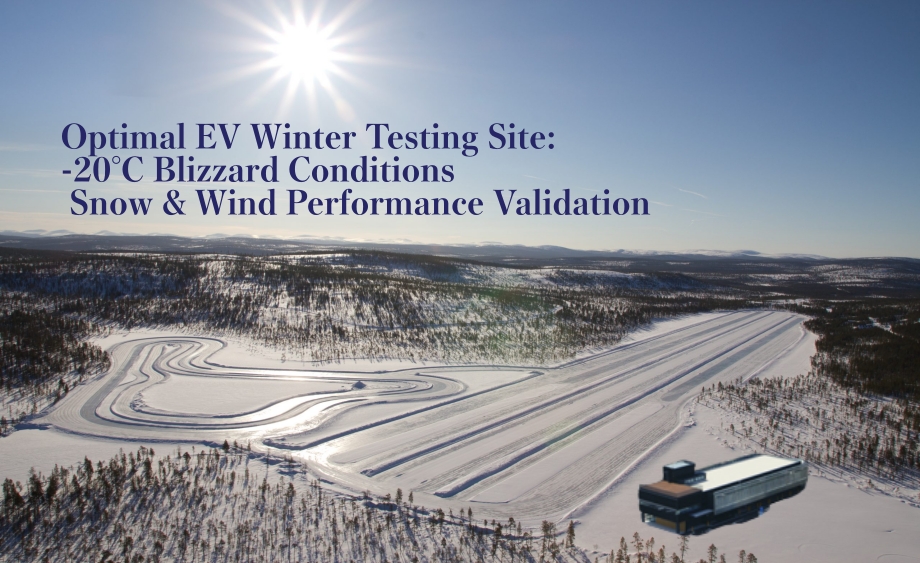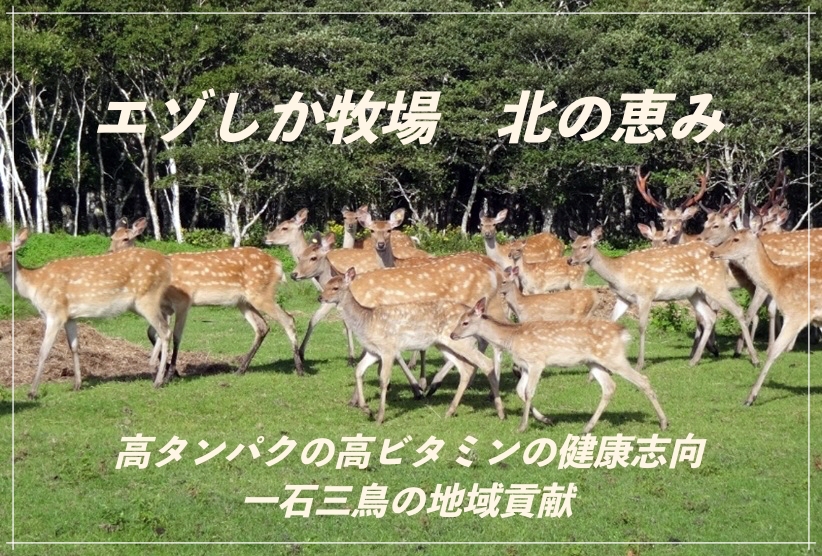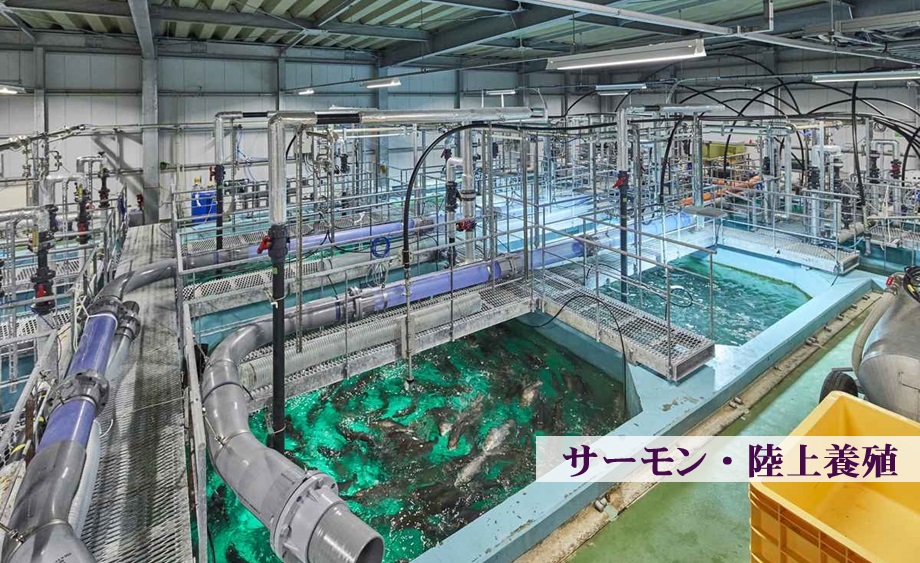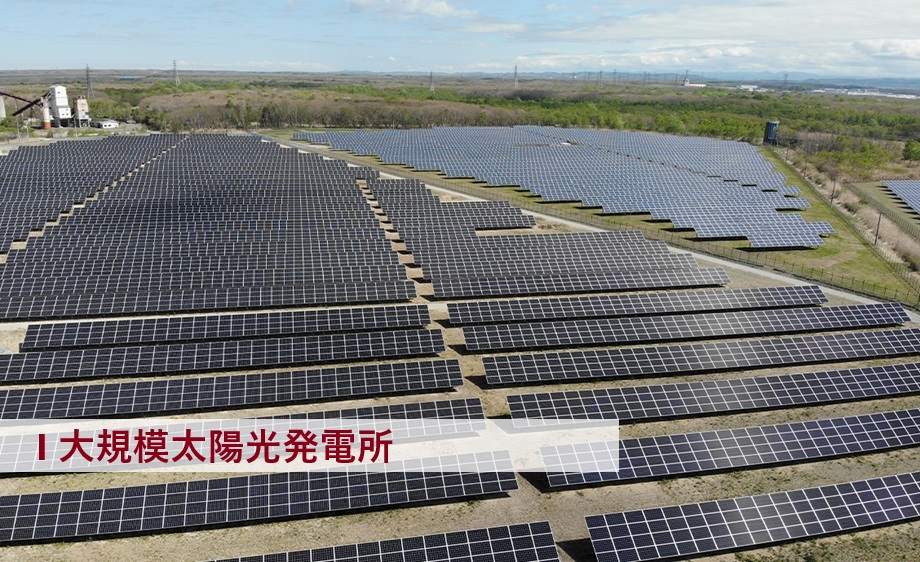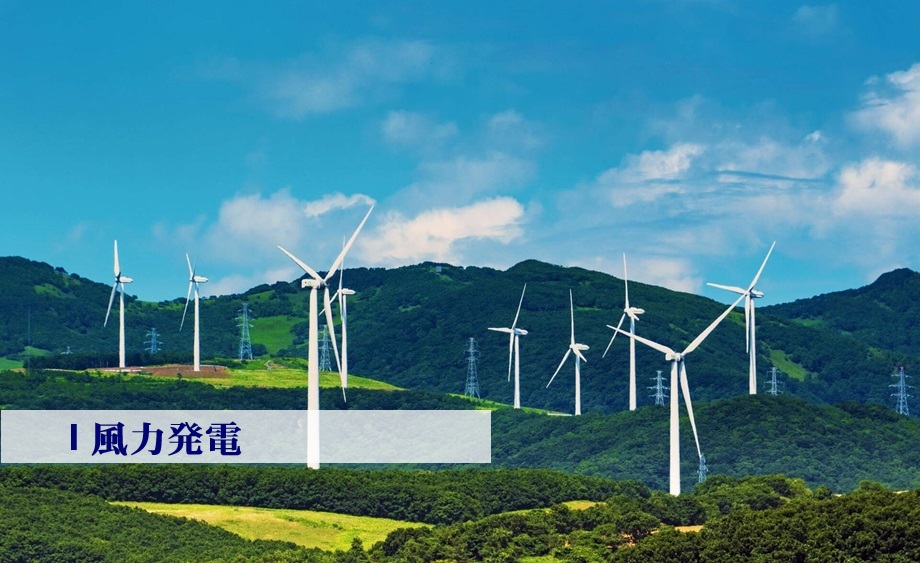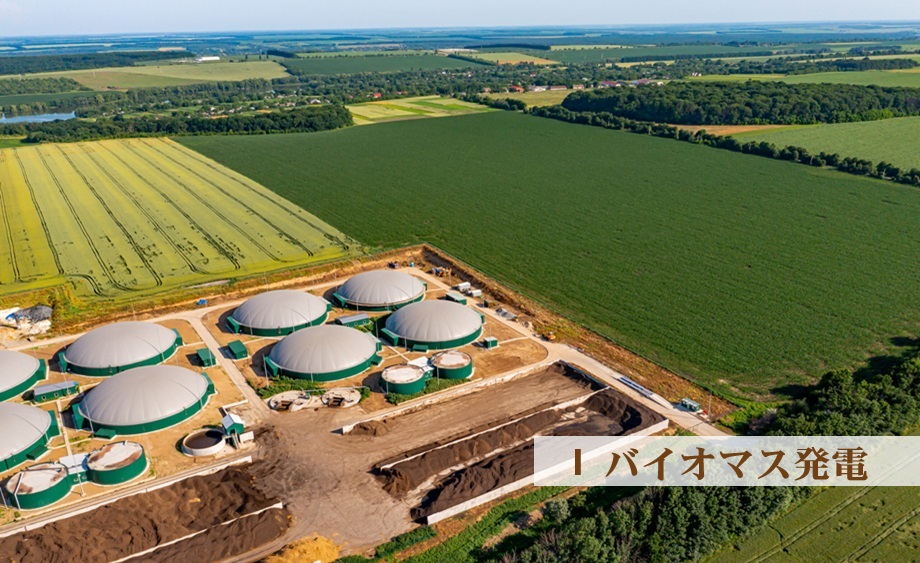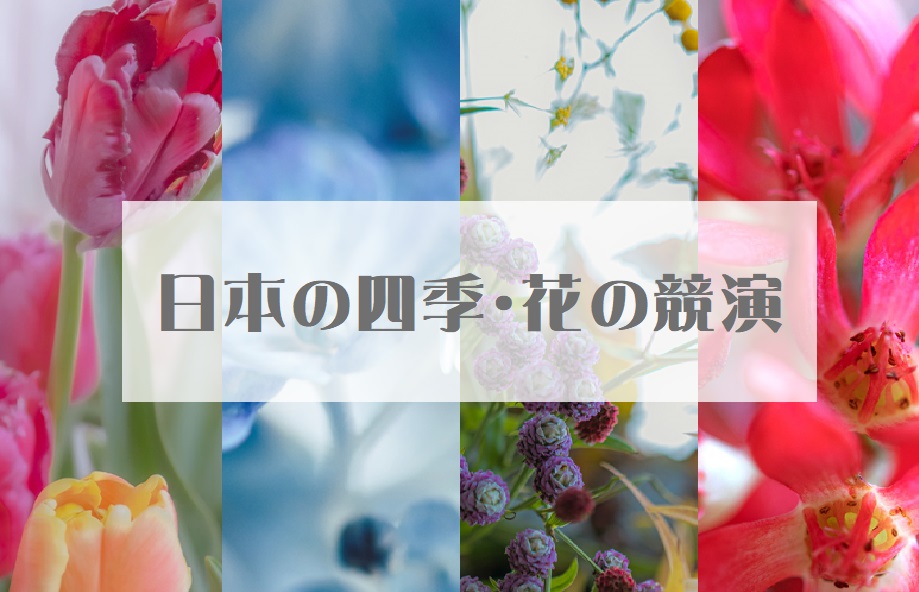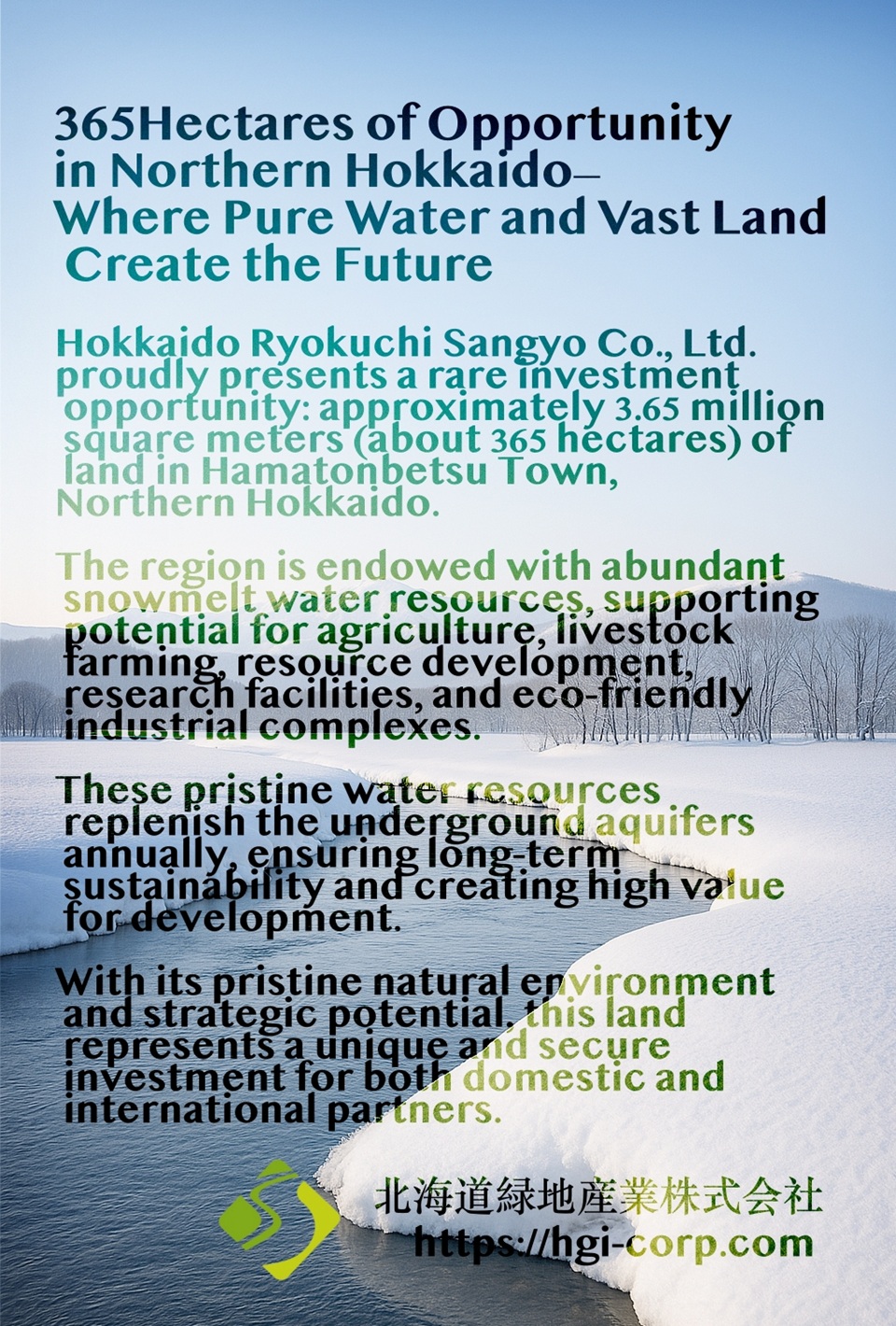
.png)

Nowadays, salmon is produced on land rather than
in the sea throughout Japan. The most representative
is Shinshu salmon. Hamatonbetsu is the
perfect place for salmon farming.
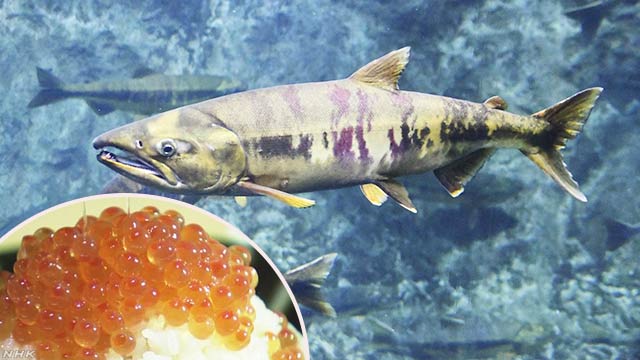
◎Is farmed salmon from the Sea of okhotsk
in Hokkaido a reality?
More than half of salmon consumed in Japan is farmed
in Chile and Norway, while the remaining half is wild
salmon from Japanese seas and farmed salmon on land.
In recent years, farming on land that has nothing to do
with the sea, such as in Fukui and Nagano prefectures,
has become popular, and the number of salmon shipped
each year is now considerable.
The taste is also more highly rated than that of salmon
from the sea, which will have a major impact on future
production and consumption. Shinshu salmon, for example,
is also sold in Tsukiji and Toyosu markets, and a major
change is occurring in farmed fish (salmon) as an industry.
Land-based salmon farming business (←Click here)

The Tonbetsu River, which moistens the Okhotsk air mass passes softly by the hilly region.
The greenery, the atmosphere, the waters, all are first class.
Hokkaido, with its rich beautiful waters and iris flower growing in masses around the upper streams of the clear Seventeen Lines River is especially famous with fishing lovers.
There are many dairy stab les, and the industry flourishes here.


Since the area is around 5 minutes from the city area by car and about 400m from the flat highway and dairy stables, water, electricity, and other necessary infrastructure projects can be easily implemented.
And because a third of the 1,100,000 tsubo (around 3.6 Km square or 900 Acres) area is a flat valleys and hilly areas, many different use cases are possible.
Moreover, inside the 3.6 square Km area, the Seventeen Clear Lines River and the Moutsuani River, which are both famous for the easiness of catching Japanese Salmon fish in them.




Aside from projects in the mountainous forests, the land is suitable for agricultural production (After obtaining permission), dairy production, solar energy generation, and theme park projects as well.
Furthermore, wind power generation, extracting underground water and selling
it in bottles, building hotels for when the city becomes a popular tourist
spot after 10 or 20 years, using the land's 2500m to build a personal jet
runway, or other projects are also possible.
You can also design professional airports and runways for cargo flights
(up to more than 3000 meters).Large and large land (about 900m x 4000 m).






Forests and rivers that are rich in their nature are important for a country to protect its environment, its inhabiting flora and fauna, and its water resources as much as they are important to humans.
The natural rain water that runs from the mountains through the rivers and to down the sea becomes nature's precious gift to the sea.
Hokkaido's many delicious vegetables and fishery are all thanks to this gift from the mountains, for it is the origin of these internationallyrenowned marine and agricultural products.

What is the SDGs?
Sustainable Development Goals (SDGs)
The 2030 Agenda for Sustainable Development (the 2030 Agenda) is a set of internationaldevelopment goals from 2016 to 2030, which was adopted by the UN Sustainable Development Summitheld in September 2015 building on the success of Millennium Development Goals (MDGs).
The 2030 Agenda listed “Sustainable Development Goals”consisting of 17 goals and 169 targets in order to eradicate poverty and realize a sustainable world. The SDGs are universal goals applicable, not only to developing countries butalso developed countries, and pledge“Leave no one behind.” through the implementation process.
Japan makes utmost efforts to implement the 2030 Agenda with international community based on the concept of human security.
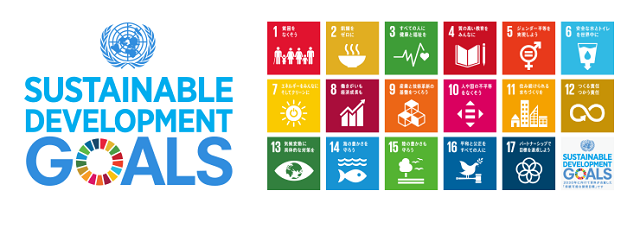
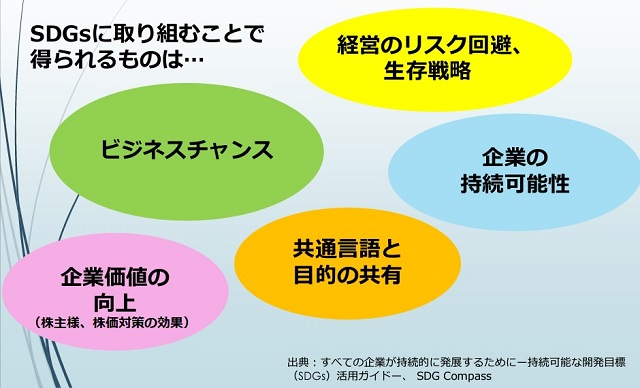

To counter global warming and store as much as possible of carbon dioxide, forest protection and preservation of the environment will soon become a societal obligation, and it will be very important as a supreme enterprise ideology and as a contribution for the region.
In the recent times, internationally, to counter global warming, mega-corporations and governments of all countries are catering more and more towards protecting mountain forests, greenery, rivers and nature in general, and a clear need to invest funds in environmental protection has arisen.
Civil infrastructure is definitely important; however, protecting the environment from greenery, to clean water and air requires even more effort to have in mind from the start.


Under the 3.6 square Km of area lies rich natural resources with many great potentials. For example, you can find coal, metals and minerals, natural gas, hot water spring, etc.
It also important to think about not just extracting the underground resources but also how to reuse them.
Under the Japanese constitution, the owner of the land also owns rights to both the atmosphere above it and to extracting the resources below it.
All resources whether it is above the ground (Atmospheric right) or below it underground,
including underground water, will become the property of the land owner, and though in order to turn any of them into a project, a permission from the concerned government agency is required, the owner basically has the right sell, divide, or turn the land to any kind of legal project he/she desire.

Hot springs are simple springs, volcanic hot springs, horse-type hot springs and alkali hot springs.
Any one of the above 25 degrees and 19 ingredients is called a hot spring.


In Japan, using 3.6 square Km of mountain forest (hilly area) as a personal or cooperation land is not that common.
It is important to protect the landlord's status, future investment potential, and its environment.
Building a theme park or a big hotel, just like Tomamu Hotel, in the middle of empty mountains will help greatly contribute to employment and vitalization of the region.
In addition, taxes for construction in forest mountains region are set significantly low under the Japanese law.
Special laws have been written to protect the owner's right of possession of the land for several decades from now.
In the past forest mountains were the objective lumber business only;
however, starting from 1970, it has become possible to revitalize the region as a tourist spot through the construction
of golf courses, cows and horses' stables or theme parks and big hotels, like Tomamu hotel, near the suburbs of Furano.



In the near future, according to scientists and researchers, food, drinking water, and water for agriculture and manufacturing shortages are on the rise.
It also foreseen that the cold, delicious underground water, which spans from the snow-melt season in the Spring till Autumn, will be an even more valuable asset than the value of the land itself.
In addition, a large land can be turned into an agricultural production area.
Due the effects to global warming, Okhotsk winds affects Hamatonbestsu greatly; thus, in the near future, it will be possible to produce potato, corn, tofu, beets, and other agricultural produce.
The possibility of it becoming the region of current dairy and future vegetables is high.
This land possesses a great value from the drinking (underground water) it has, to being able to utilize it a stable, an agricultural area, or a beef production area.
We hope that you will have an interest in this wide and water-rich land.


1- Although a part of this 3.6Km forest land is a hilly area, most of the land is a plain valley. Under this land resides a large reserve of underground water.
2- The underground water's extraction is completely up to the owner of the land, as he/she can extract how much they want as much they want. It can be utilized after obtaining the permission from the government and the town hall.
3- Since, aside from the underground water, there are two rivers going through the land, the owner of the land is also free to utilize this water for agricultural or industrial reasons.
4- It is possible to construct a factory, extract the underground water, and sell it in water bottle. It is also possible to lend the land to a third party in order to conduct such projects.
5- It is possible that underground resources, other than water, can be found. There is a possibility that other minerals, coal, or spring water can be found, and all of those are the property of the land owner.
6-The area is a natural forest, so if you are not in a hurry to develop.You can also have it in this state for many years.

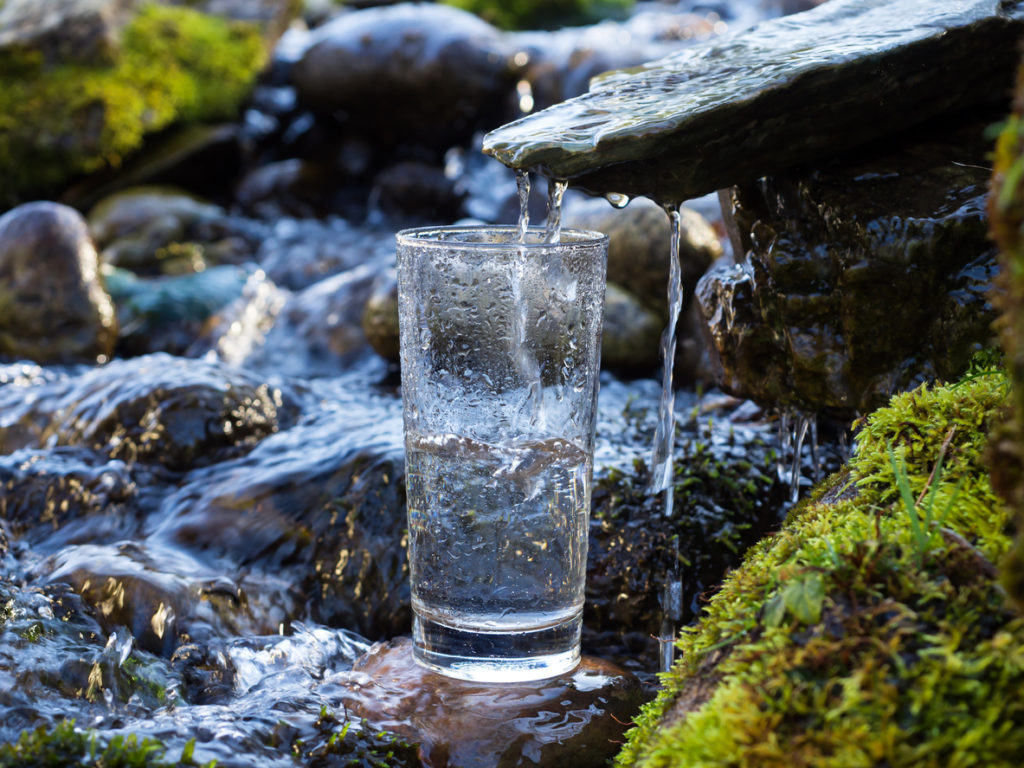
Expectation of water resources
The utilization of water resources can be divided into the following six categories:
① agricultural water use ② urban water use ③ domestic water use ④ industrial water
⑤ household water ⑥ urban domestic water. In addition, there are many ways to use it.
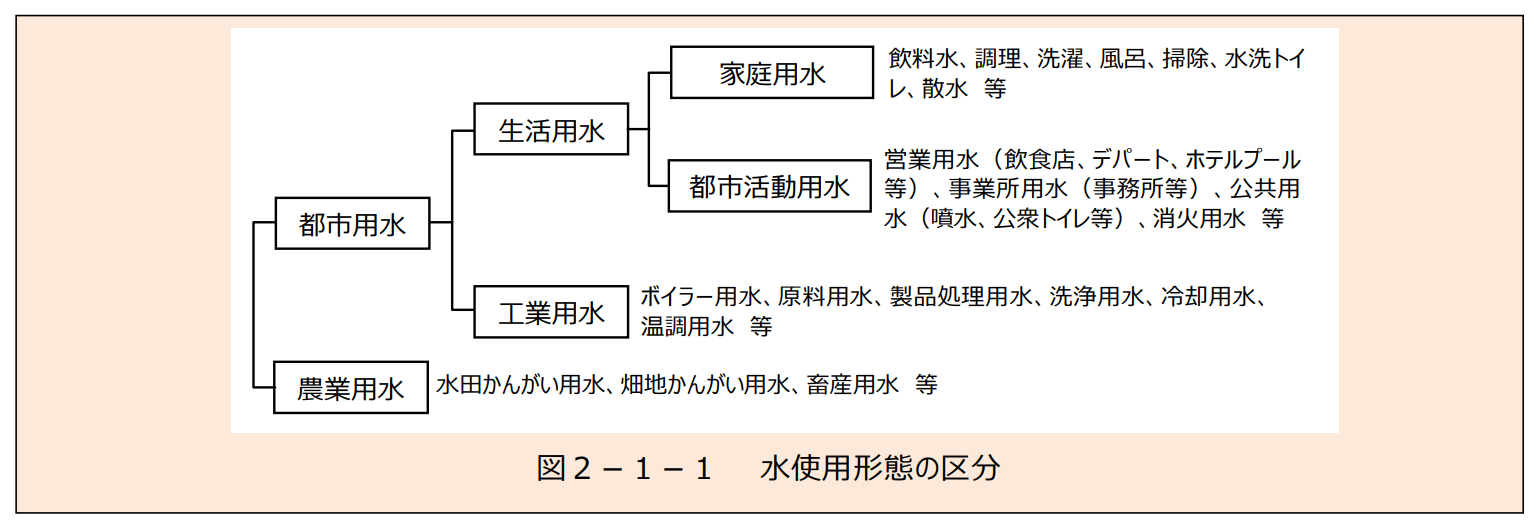
※A bottling yard for drinking water

In today's Japan, there are two kinds of household water, such as bathing, laundry,cleaning and so on.The water supply of the tap water pipe. 80% of the daily drinking water and cooking water is canned water.

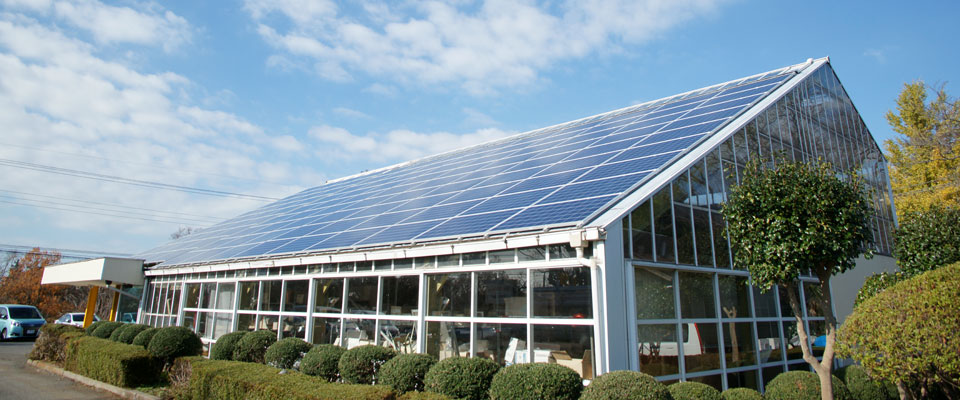
For human beings, sunshine, water and fire are indispensable in life, and drinking water has been a necessity for human life since primitive times. The utilization, regeneration and industrialization of water resources, thus obtaining economic benefits, will certainly be more diversified in the future.

Decarbonization |
Hokkaido Hamatonbetsu Land 110 Tsubo Contribute to Decarbonization |
|---|



